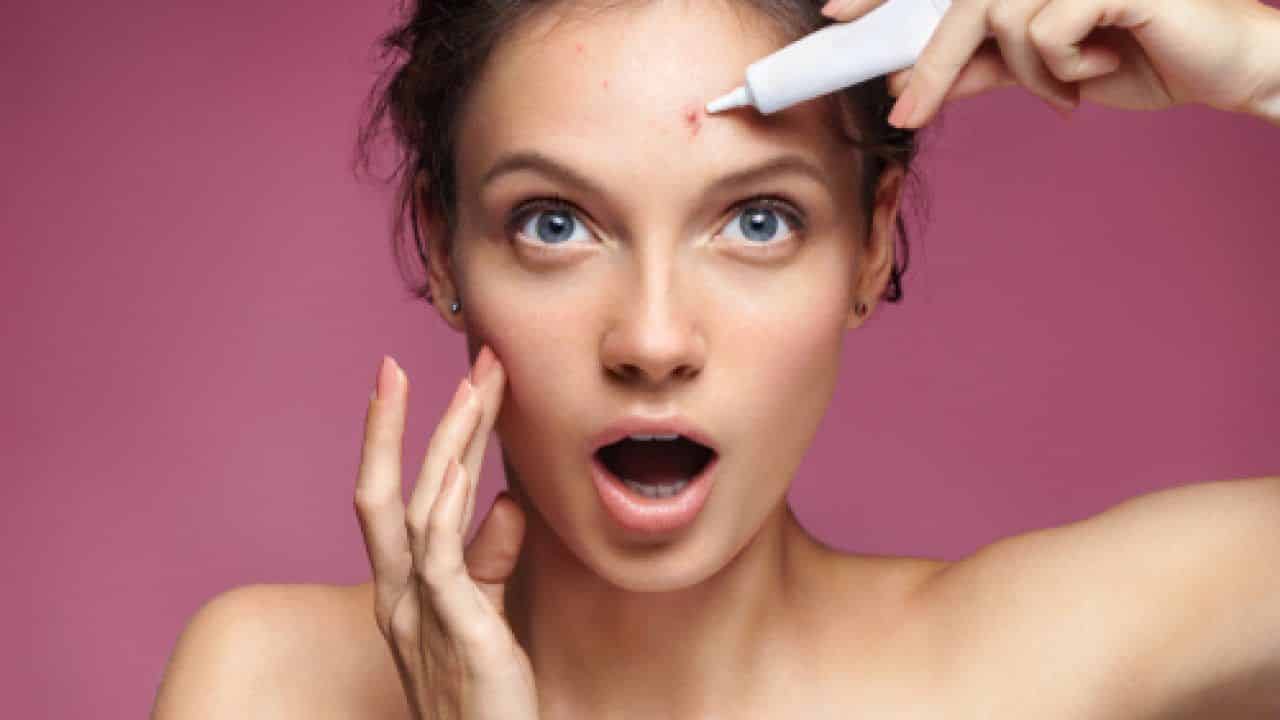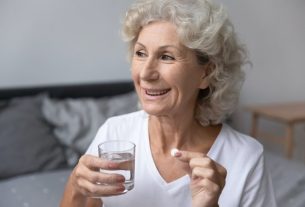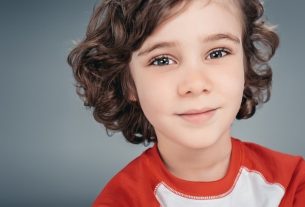Acne is a very common condition, and in addition to the aesthetic issue, it is a health problem, so it is important to know the treatments for acne.
When talking about acne, people immediately think of adolescence, because it is a very common problem at this stage of life, mainly due to hormonal changes. However, acne is not a problem exclusive to adolescence. As it is an inflammatory skin condition, it can also occur at other stages of life. Therefore, it is very important to know the treatments for acne and thus deal with the problem in the best way possible.
However, acne treatments are defined according to the type of acne. In this way, skin inflammation can be classified based on its main characteristics, cause and degree. Then, based on this, a dermatologist will be able to recommend the best treatment, which may include the use of cosmetic products, as well as anti-inflammatory and/or antibiotic medications.
Therefore, today we will talk about what this condition is, the main types and, of course, the best treatments for acne.
What is acne?
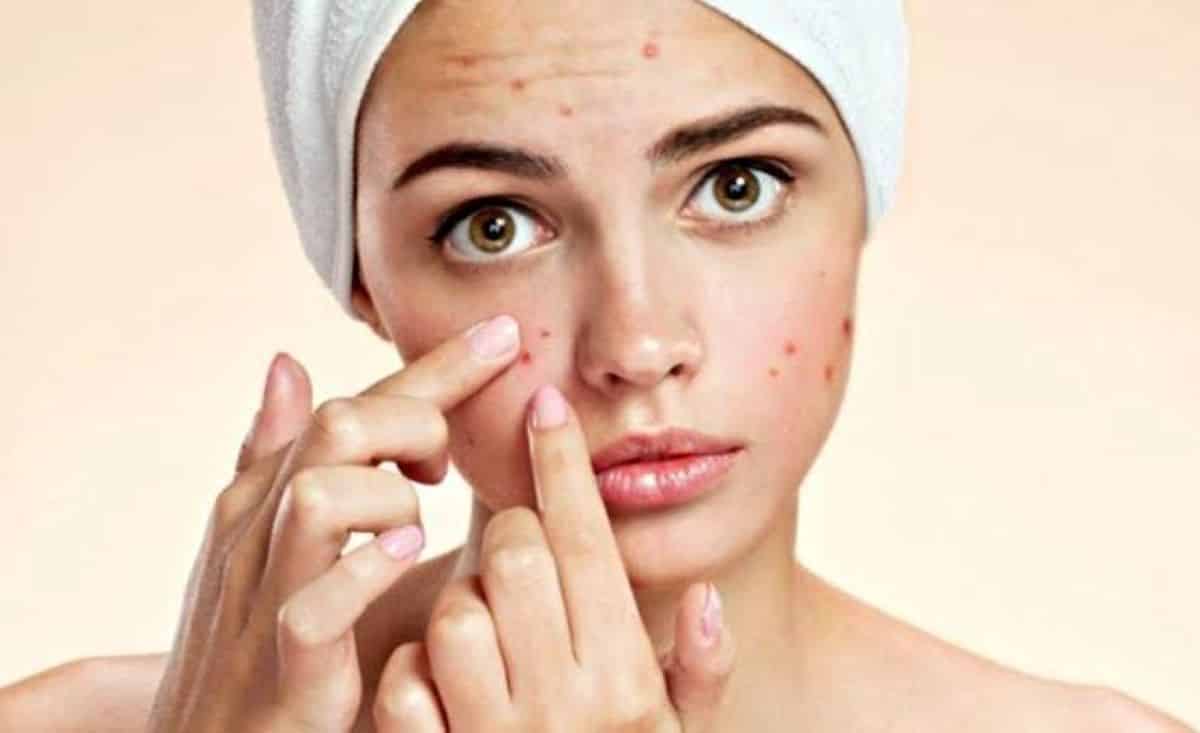
Acne is nothing more than an inflammatory skin disease, which happens when hair follicles become clogged, whether by sebum, dead cells and other waste. And this favors the proliferation of bacteria and causes so-called pimples, blackheads, cysts, lumps and scars, which, in addition to being an aesthetic issue, also affect health.
Acne has several causes, ranging from genetics to hormonal changes, stress and poor diet. This type of inflammation is more common in areas such as the face, neck, back and shoulders and in stages such as adolescence and also during pregnancy, which are periods of major changes due to hormones.
A very common question about acne is how it differs from pimples. The fact is that pimples are one form of acne. This means every pimple can be considered acne, but not all acne is a pimple, as it also manifests itself in the form of blackheads (open and closed), pimples and pustules.
Furthermore, there are different types of acne, which vary in causes, characteristics and severity. Therefore, before learning about acne treatments, we need to talk about the main types of acne.
Main types of acne
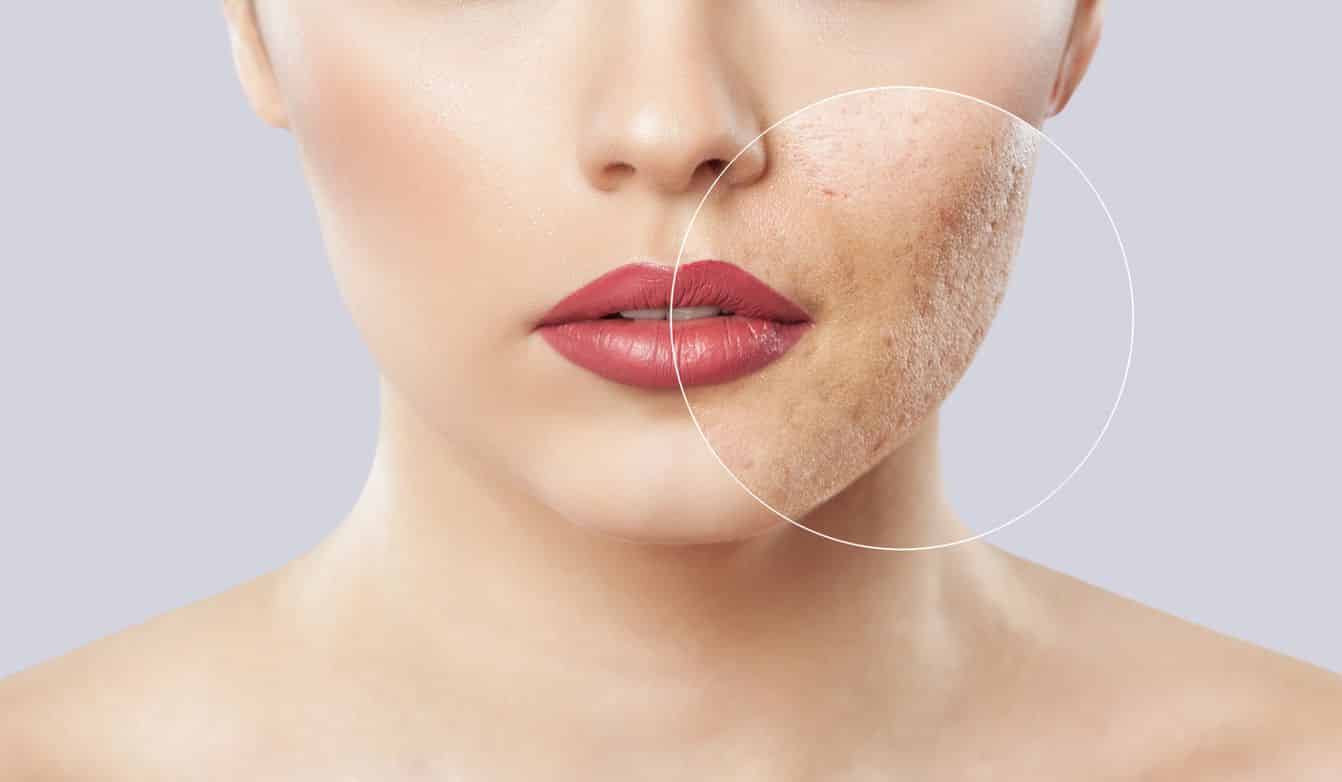
Acne treatments depend on the type of inflammation and its degree. Next, we will learn about the main types of skin inflammation.
Grade 1: non-inflammatory
Grade 1 acne, also called non-inflammatory or comedonic acne, is the most common type and usually appears during puberty. Therefore, it begins around 15 years of age, affecting both boys and girls. Thus, it manifests itself as small blackheads without the presence of pus, which appear mainly on the forehead, nose and cheek. It is mainly caused by hormonal changes that affect the sebaceous glands, causing obstruction of the hair follicles.
Grau 2: papule-pustulous
Also called papulo-pustular acne, grade 2 acne is characterized by raised pimples on the skin that contain pus. They are larger, rounded in shape, reddish or yellowish due to the presence of pus and generally cause pain. This type of inflammation of the sebaceous glands is the result of the proliferation of bacteria on the skin, especially Propionibacterium acnes.
Grade 3: nodular-cystic
Grade 3 acne, or nodulocystic acne, is the so-called internal pimple, characterized by the presence of nodules formed inside the skin, generally on the face, back and chest. This is a very painful type of pimple, caused mainly by hormonal changes, both in adolescence and during the menstrual period.
Grau 4 – conglobata
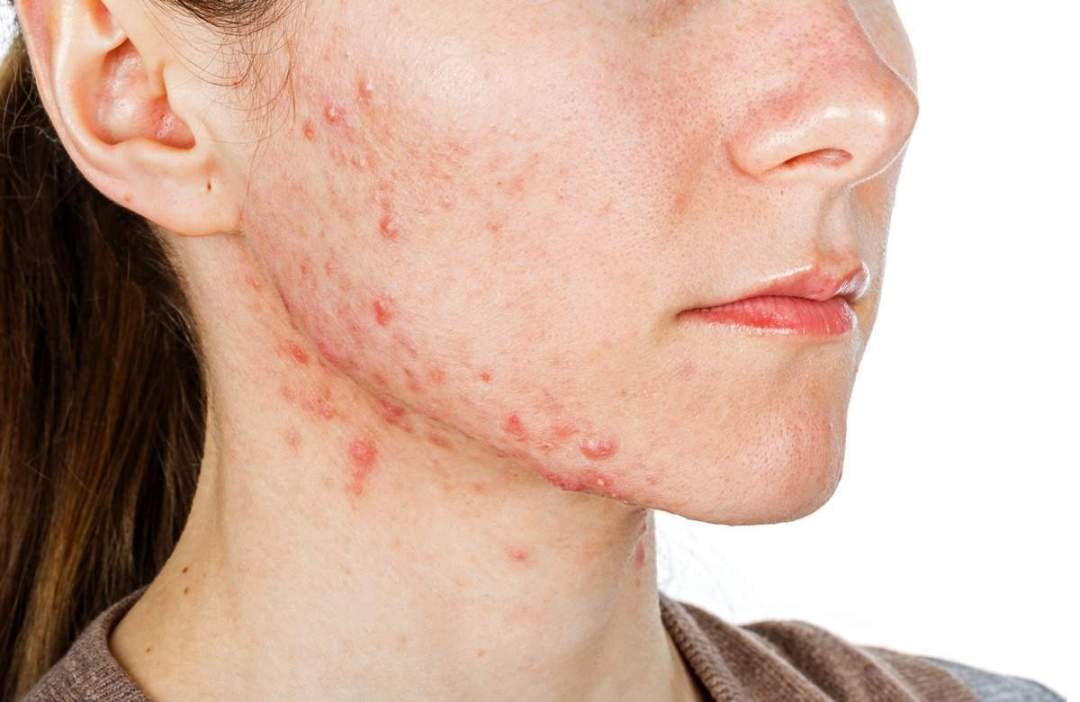
Acne conglobata, or grade 4, is defined by a group of lesions close to each other, filled with pus and which can lead to the formation of abscesses and fistulas in the skin. This is a more serious case of acne, as it can result in skin deformation. Therefore, it is very important to see a dermatologist as soon as possible to carry out an in-depth assessment and define the best treatment.
Grade 5 – fulminant acne
Fulminant acne, or grade 5, is a rare type of skin inflammation, which, in addition to traditional pimples, is accompanied by other symptoms. Among the most common are: fever, joint pain and malaise. It is more common among men, appearing mainly on the chest, back and face. Due to these other symptoms, a general practitioner or dermatologist should be consulted.
Acne neonatal
Neonatal acne is characterized by the appearance of blackheads and pimples in babies. It occurs due to hormones exchanged between mother and baby during pregnancy, which can cause the appearance of small bumps on the child’s face and back. It affects around 20% of newborn babies.
However, neonatal acne is not a serious inflammation and in most cases it does not even require specific treatment, as it normally disappears naturally within the baby’s 3 months of life. Despite this, it is important to keep the baby’s skin always clean, washing with water and neutral pH soap.
Medicated acne
As the name suggests, medicated acne is caused by the use of certain medications. Such as contraceptives, long-term or excess vitamin B supplementation, as well as hormonal or cortisone treatments.
In this type of acne, caused by medication, there is generally no specific recommendation. What can be done is to consult the doctor to check the possibility of changing or discontinuing the medication, or even changing its dosage to alleviate acne symptoms.
Acne treatments
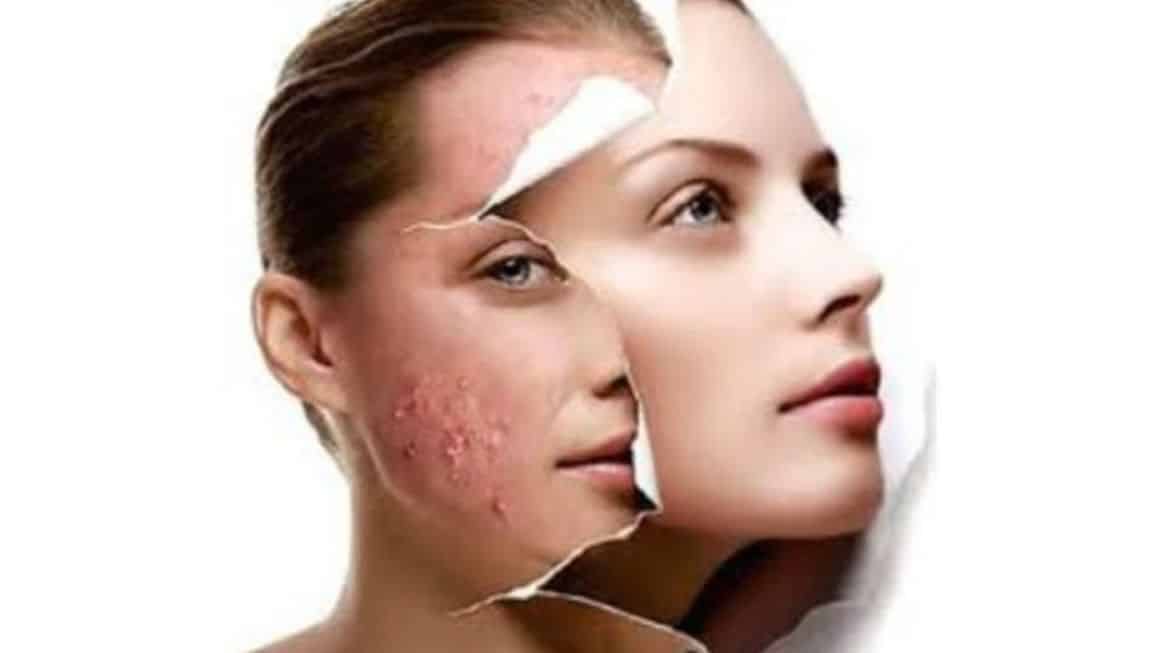
In general, acne treatments are focused on reducing oil production in the skin, accelerating cell renewal, fighting infection, and reducing and preventing inflammation, as well as preventing scars. Therefore, it is very important to treat acne-prone skin not only for aesthetic reasons, but also to take care of your skin’s health.
Therefore, there are a wide variety of treatments for acne, ranging from local therapy, oral medication and sometimes a combination of the two. The only person who can define the best treatment is a qualified professional, who will assess the situation, taking into account the severity of the inflammation, the type, location and the patient’s body.
Below we will check out the main treatments for acne according to the degree of inflammation:
Acne treatments: Grade 1
As it is a less serious case, treatment for acne in this case can be done using creams and lotions that help prevent and eliminate inflammation. Therefore, the dermatologist may recommend the use of soaps, specific exfoliants that contain sulfur and salicylic acid in their composition, as well as creams for acne-prone skin.
Therefore, the main treatment may include, in addition to cleaning, peeling, which is the use of specific acids by a dermatologist, and gentle abrasion of the skin, using simple devices, which clean inflamed pimples.
Acne treatments: Grade 2
In this case, the first recommendation is not to squeeze or poke the pimples in any way, so as not to worsen the inflammation. Regular treatment also includes soaps for acne-prone skin, but the creams must be stronger, and even contain antibiotics. And depending on the severity, oral medication may be prescribed, such as tetracycline and derivatives, as well as azithromycin.
Therefore, only your dermatologist can recommend the best treatments for acne. In some cases, it may be necessary to use isotretinoin to treat small scars that may be more difficult to treat in the future.
Acne treatments: Grade 3
In addition to recommendations for the treatment of grade 2 acne, such as avoiding squeezing the pimple and the use of condition-specific cosmetics, antibiotics are used more frequently given the severity of the problem. Furthermore, there may be a need to include the use of contraceptives for acne, when acne is linked to the menstrual cycle in women.
At grade 3, the dermatologist often begins to consider the need to use Roaccutane, as one of the first recommendations. Despite having many side effects, some even serious, this is one of the most effective medications for treating this type of acne.
Acne treatments: Grade 4 and 5
At these stages, most acne treatments indicate the use of isotretinoin (Roaccutane) as the main medication. Except, of course, when there are serious specific contraindications for the patient identified by the dermatologist. As it is a serious condition, which can cause pain and other symptoms, it may even be necessary to undergo surgical intervention to eliminate the secretions.
Treatments for acne scars and blemishes
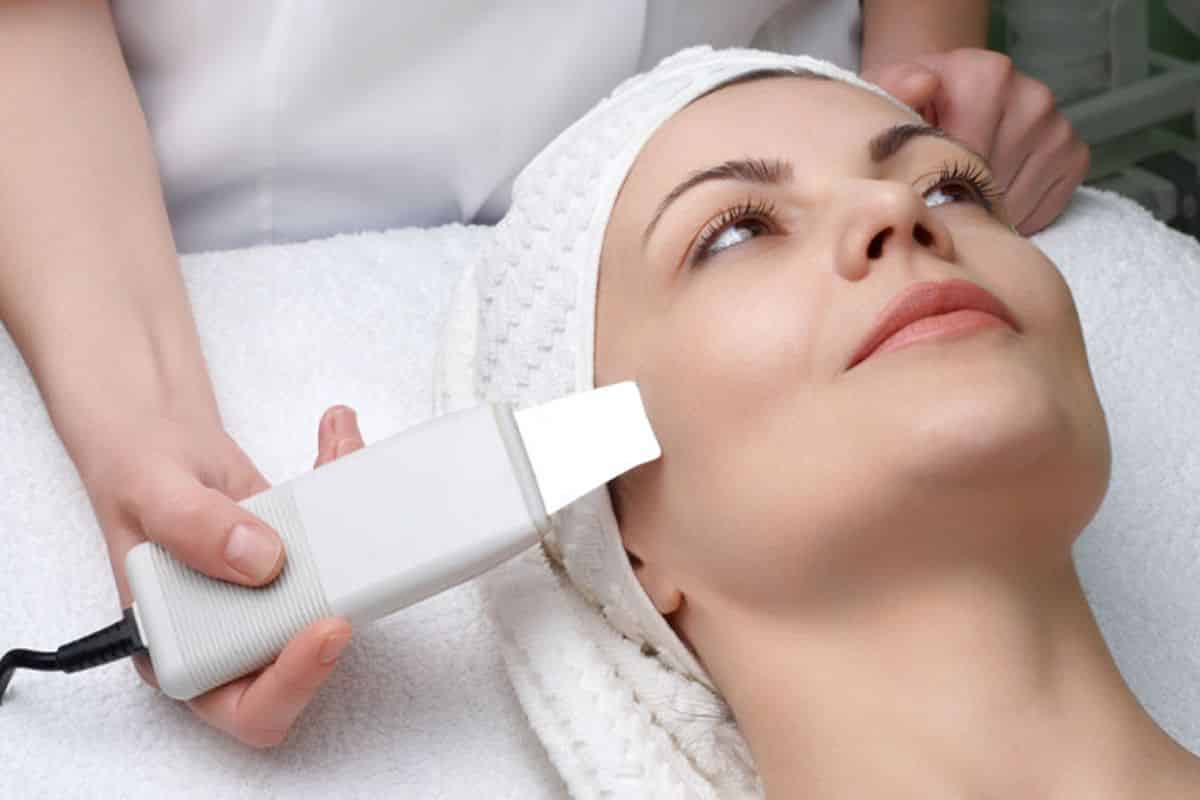
If inflammation leaves scars and spots on the skin, some alternative treatments can help reduce and even eliminate these marks. The most common are:
- Facial filler with hyaluronic acid;
- Chemical peeling;
- Cosmetics with acids;
- Dermabrasion;
- Microdermabrasion;
- Laser;
- Microneedling.
Anyway, what did you think of this article? In fact, take the opportunity to also check out Home remedies for pimples – 8 effective recipes and what not to do.
Sources: Your Health SBD Eucerin My Life
Images: Women’s Health Speaks Universities Dr Victor Romero Dr. Fairuz Helena Nova Pele Revitare

Sign up for our newsletter and stay up to date with exclusive news
that can transform your routine!
Warning: Undefined array key "title" in /home/storelat/public_html/wp-content/plugins/link-whisper-premium/templates/frontend/related-posts.php on line 12
Warning: Undefined array key "title_tag" in /home/storelat/public_html/wp-content/plugins/link-whisper-premium/templates/frontend/related-posts.php on line 13

